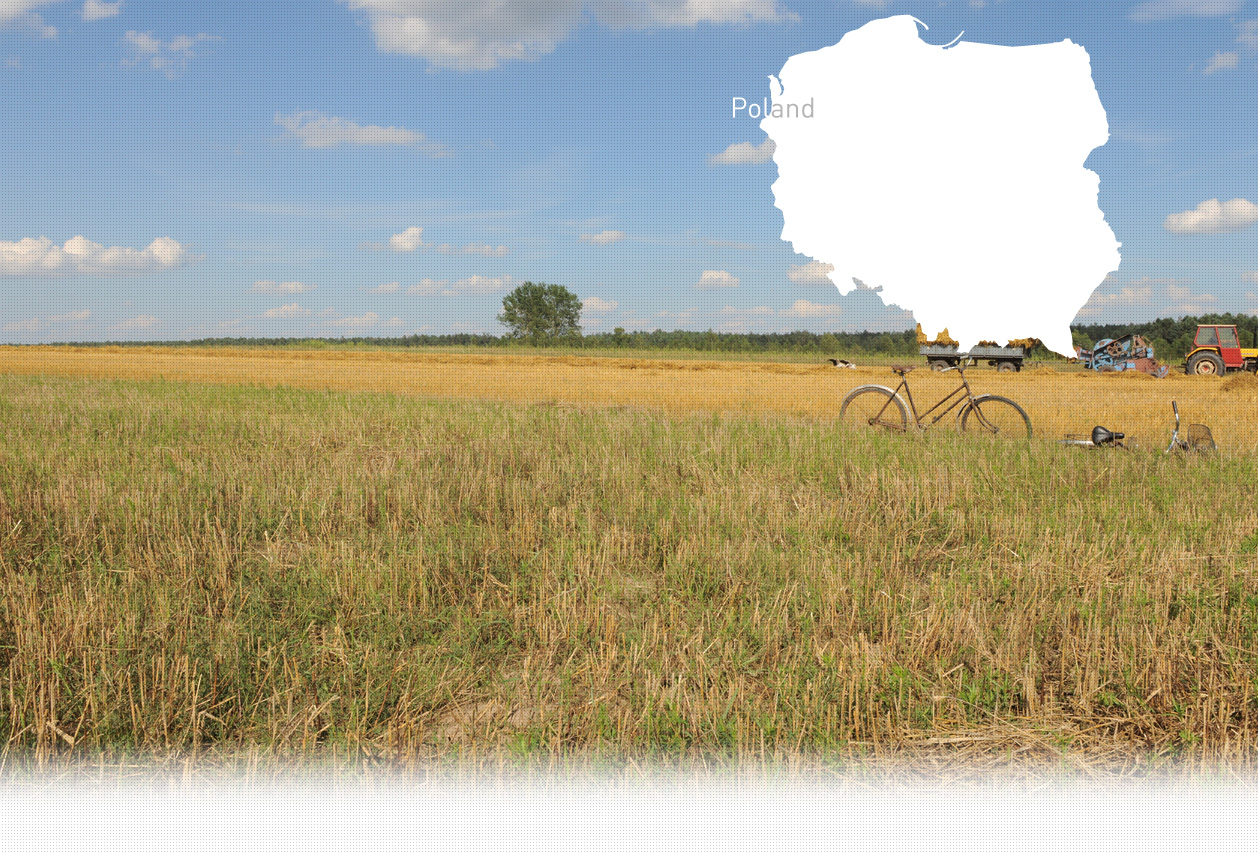

1 Killing site(s)
Helena D., born in 1929: “Before the war, there were Christians and Jews living in Tarłów. The whole market square was occupied by Jews. They had shops, they were dressmakers, tailors, shoemakers... The Jews were quite wealthy. Jewish and non-Jewish children wet to the same school. There was a Jewish cemetery, which still exists today. The Jews were quite religious. Men went to the cemetery, but women were not allowed into the cemetery during burials. When the war started, the Germans created a ghetto in Tarłów, many Jews were brought to the ghetto from other villages. They all had to wear signs of recognition: women wore them on their shoulders and men on their arms. The ghetto was not fenced in, but the Jews knew they couldn’t go out. Before the deportation, an announcement was made: the Jews were to gather at the marketplace with their valuable possessions. Then they were to put all their possessions in a pile. Some gave their possessions away, others did not. They had hidden them well. Those who didn’t move fast enough were flogged. They then had to walk to the carriage waiting for them at Jasice train station. The elderly were transported there on the carts and the others walked. Two Germans killed people who couldn’t walk, and then carts came to collect the bodies. Anyone who had difficulty moving forward in the column was executed. There were maybe two carts to carry all the bodies. The requisitioned Poles would go back and forth with their carts from one distance to another, picking up any bodies along the road (…)” (Witness N°1344P, interviewed in Tarłów, on August 20, 2022)
Tarłów is a village in Opatów County, Świętokrzyskie Voivodeship, in historic province of Lesser Poland. It lies approximately 30 km (19 mi) north-east of Opatów, 79 km (49 mi) east of the regional capital Kielce and approximately 13 km (8 mi) north of the town of Ożarów. Jews started to settle in Tarłów in the 16th century. In 1787, there was a community of 547 Jews, making up 49% of the total population. After World War I, circa. 1,000 Jews lived in Tarłów, roughly half of the small town’s population. According to Yahad witnesses, the Jews worked in crafts and small-time trade - some farmed small plots of land near their homes. Anna K., born in 1929 recalls a Jew called Rychtenberg who owned a brewery, and Rubinstein who was in the wheat business. Jewish and non-Jewish children went to the same local school. There was a mikveh in town, as well as a Jewish cemetery and a synagogue, the ruins of which can still be seen today. The Jews were very pious. Before the war, there was a middle-aged rabbi who lived near the market square.
The Germans occupied Tarłów in September 1939. They established a Judenrat (Jewish Council) and forced them to collect large sums of money in ransoms, and also gathered Jewish residents for forced labor. According to one testimony, the German authorities executed a number of Jews after entering town. The plunder of Jewish property started immediately. Their belongings and valuable possessions were taken away in trucks and the Jewish businesses were confiscated. The first deportees from Lodz were transferred to Tarłów in March 1940. In the spring of 1941, a large number of escapees from the Warsaw ghetto settled in Tarłów. On May 12, 1941, the Germans established an open ghetto. According to the Judenrat, by April 1942, 2.200 Jews were confined into the ghetto, including 700 refugees. Besides Warsaw and Lodz, they also came from smaller towns including Józefów nad Wisłą and Zwolen. Leaving the ghetto area by the Jews or entering it by the Poles was forbidden under pain of death. In June 1942, German forces rounded up and sent around 70 people, mostly young men and women, to work at the HASAG ammunition factory in Skarżysko-Kamienna. Tarłów was designated as a concentration point for Jews from the Starachowice district. Residents of Solec nad Wisłą (800 persons), Kazanów (800 persons), Ciepielów(600 persons), Lipsko (3.000 persons) others were taken there. On October 29, 1942, the Germans proceeded with the liquidation of the ghetto, transporting all the Jews, probably around 8,000 people, to the Jasice train station, from where they were deported to the Treblinka extermination camp. Around one hundred people, mainly the elderly and children, were shot dead on their way to Jasice station by SS men and Ukrainian militiamen.
Do you have additional information regarding a village that you would like to share with Yahad ?
Please contact us at contact@yahadinunum.org
or by calling Yahad – In Unum at +33 (0) 1 53 20 13 17